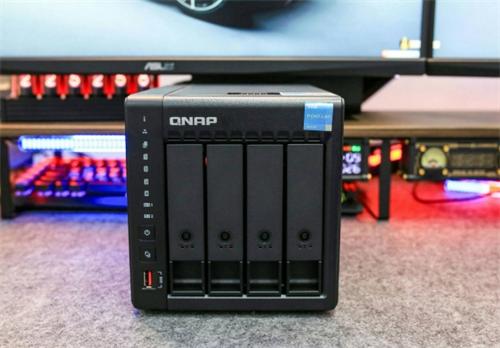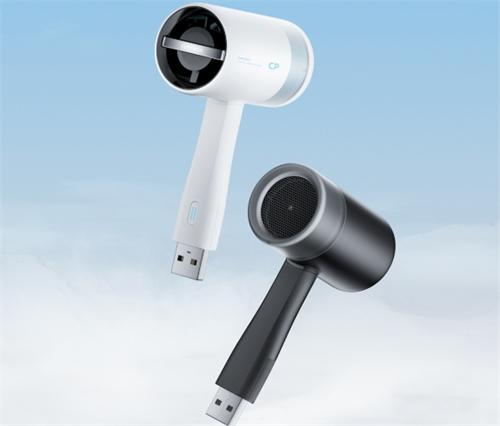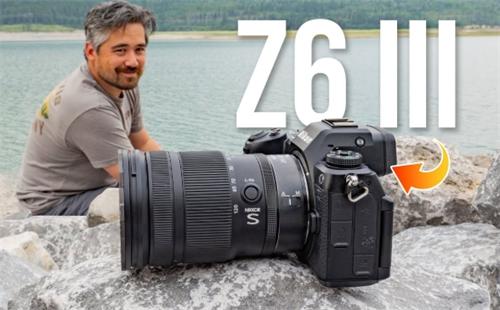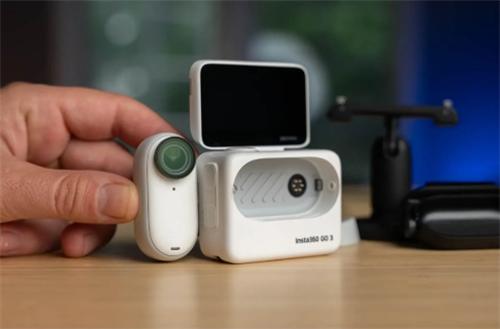Are Foldable Phones Really Durable?
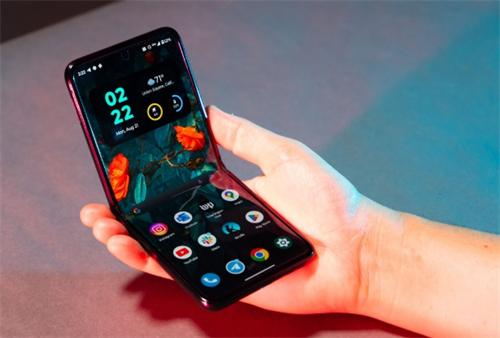
Foldable phones have been all the rage in recent years. Every time I see someone pull one out of their pocket and unfold it into a mini tablet, I can’t help but steal a second glance. But let’s be honest—what most people (myself included) worry about the most is: Are these things actually durable? Today, let’s dive into that question.
1. The Evolution of Foldables
Remember the awkward debut of foldable phones back in 2019? The first-generation Samsung Galaxy Fold had a rough start—reports of dust getting into the screen, visible creases, and even breakages forced a delayed launch. Back then, foldables were like fragile little aristocrats—one wrong move and they’d “throw a tantrum.”
Fast forward five years, and it’s a whole new story. Samsung’s latest foldables have passed rigorous MIL-STD 810G military-grade durability tests:
Survived 4 hours at -10°C with a 6mm layer of ice
Withstood extreme temperature swings from -32°C to 63°C
Endured 26 drops from 1.22 meters without screen damage
It’s like turning a delicate scholar into a battle-ready soldier.
2. The Two Critical Components: Screen and Hinge
1) Screen Material Evolution
Today’s foldable phones primarily use flexible OLED panels, protected by ultra-thin glass (UTG)—thinner than a strand of hair—plus special coatings. This combination keeps the screen flexible while enhancing durability. The latest tech can endure up to 200,000 folds without visible creasing. That’s more than five years of use if you fold it 100 times a day.
2) Hinge Technology: The Real Engineering Magic
The hinge is the “spine” of a foldable phone, and each brand has its own tricks:
Samsung’s multi-angle hinge allows the screen to stay open at any angle, like a laptop.
Huawei’s dual-rotating waterdrop hinge reduces creasing by forming a droplet shape when folded.
OPPO’s precision-engineered spine hinge uses 136 parts and costs three times more than standard hinges.
3. What the Tests Say: Should You Still Worry?
Lab Results Show:
Most foldables withstand 100,000–200,000 folds
Screen hardness is around Mohs level 6 (vs. 7 for standard glass)
Certain models offer IPX8 water resistance, meaning they can survive being underwater at a depth of 1.5 meters for up to 30 minutes without damage.
Real-World User Feedback:
Minor creases may appear after a year but rarely affect functionality
The hinge might become a bit looser with extended use, but it will remain fully functional and intact.
Outer screens are more prone to cracks than traditional phones (since there are two screens)
4. Buying Guide: How to Choose Wisely
Stick with major brands like Samsung, Huawei, and OPPO—their tech is more mature
Look for certifications like IPX8 or military-grade testing
Test the hinge in-store—it should feel smooth with no odd noises
Check after-sales support—some brands offer free screen replacements
5. Pro Tips to Maximize Your Foldable’s Lifespan
Avoid using it in extreme temperatures (e.g., long outdoor photo sessions in freezing weather)
Clean the screen regularly with a microfiber cloth—dust contributes to creasing
Don’t force it closed—yes, it’s tough, but it’s not indestructible
Consider extended warranty plans (screen repairs can be expensive)
6. What’s Next? Will Foldables Replace Slab Phones?
Tech trends suggest:
Screens will get even tougher (approaching regular glass hardness)
Prices are expected to drop by 30% in the next 3 years
Devices will get lighter and thinner (some are already down to 239g)
While traditional slab phones still dominate for now, foldables are quickly evolving from flashy novelties into practical tools. If you’ve been curious but hesitant due to durability concerns, now might be a great time to give one a shot.After all, the more comfortable and reliable our tech becomes, the more it empowers us to do—and foldables are definitely heading in that direction.
Recommended for you:

